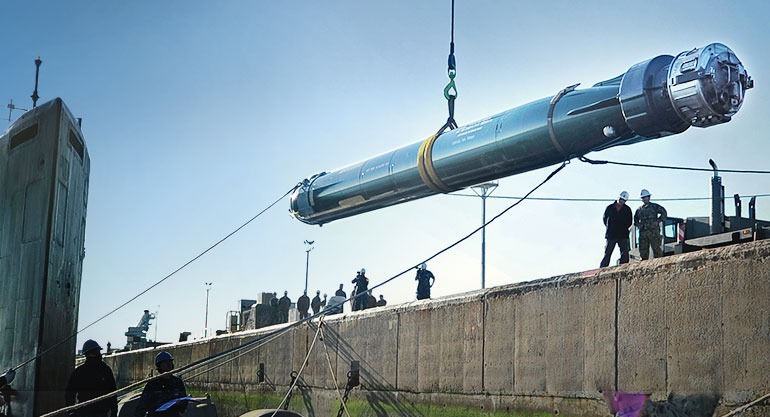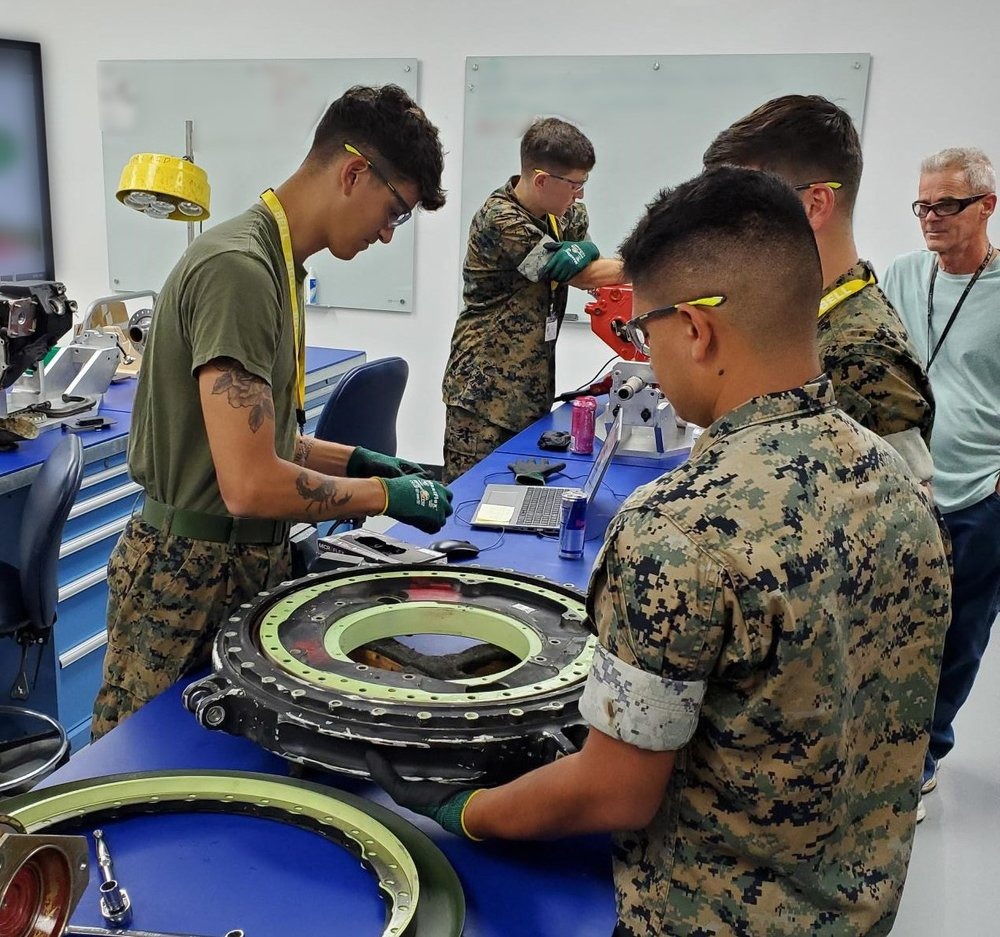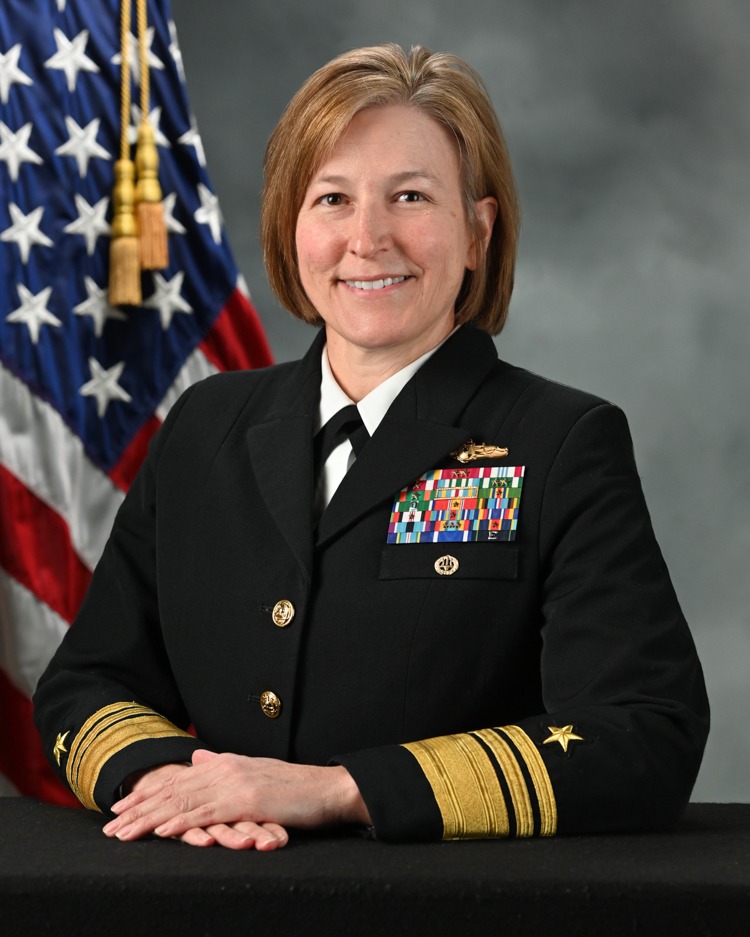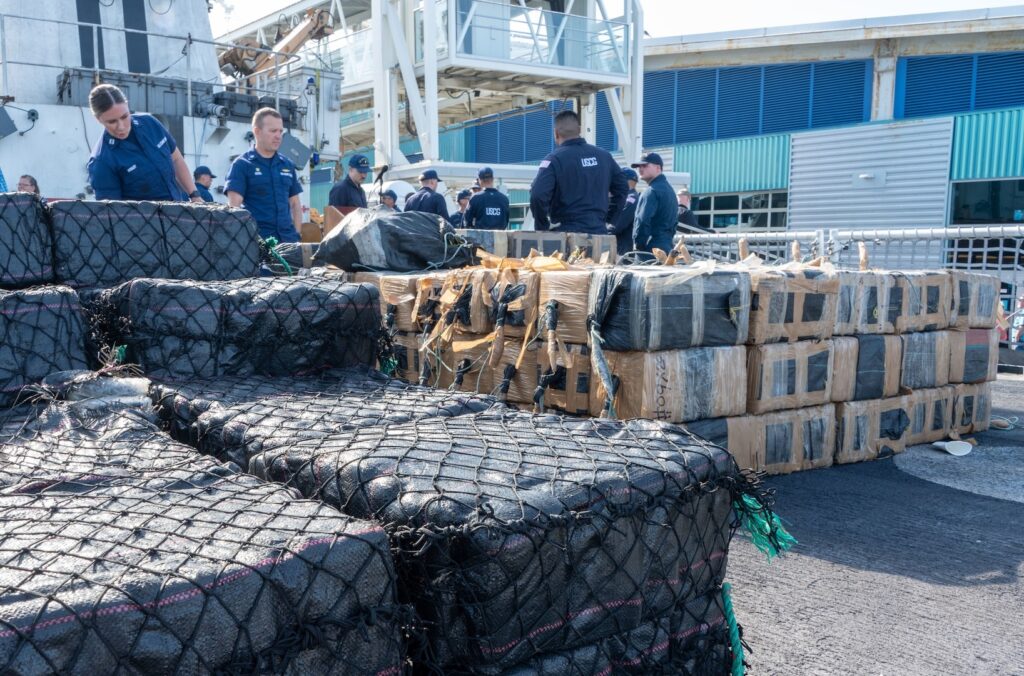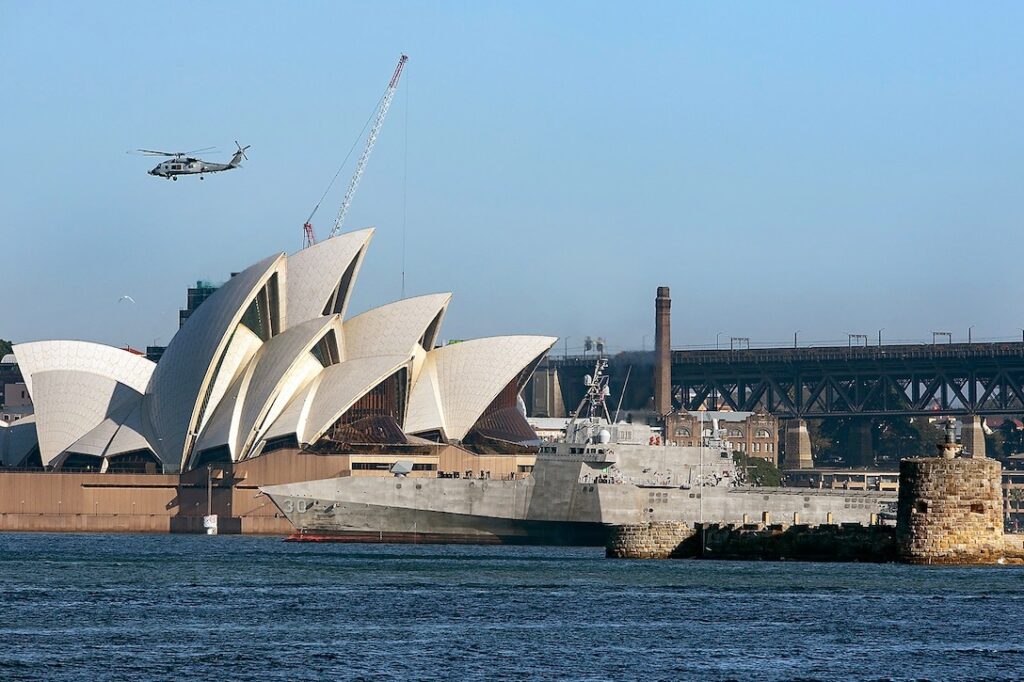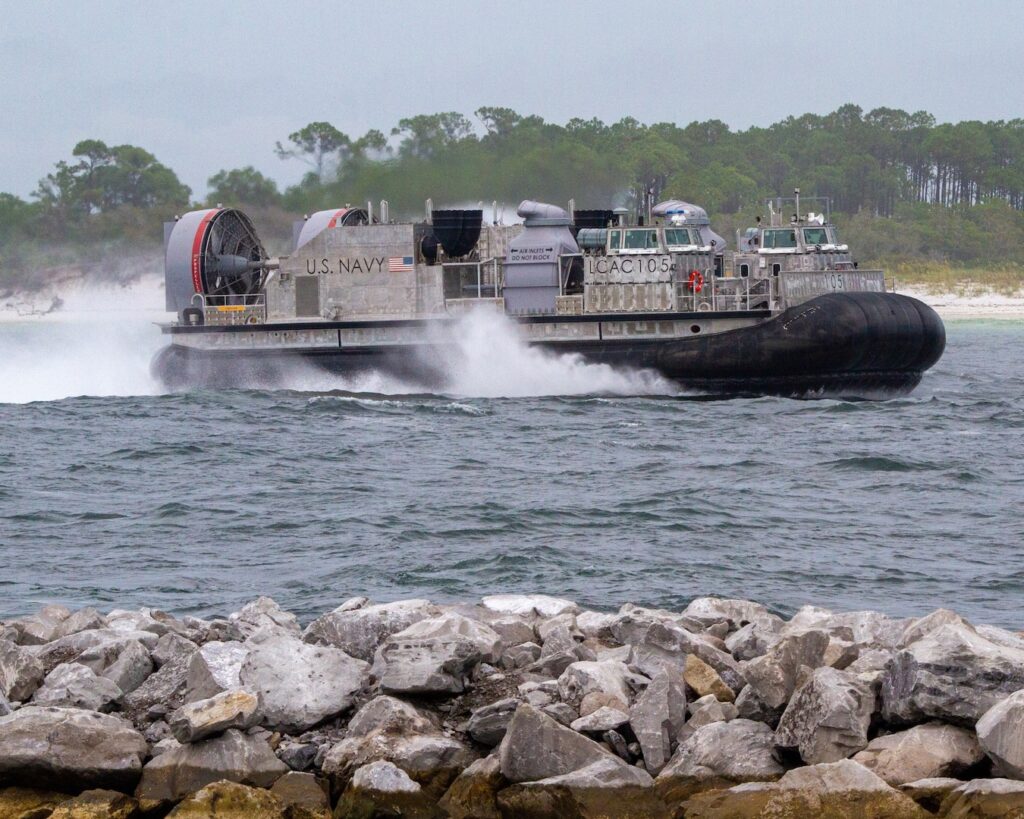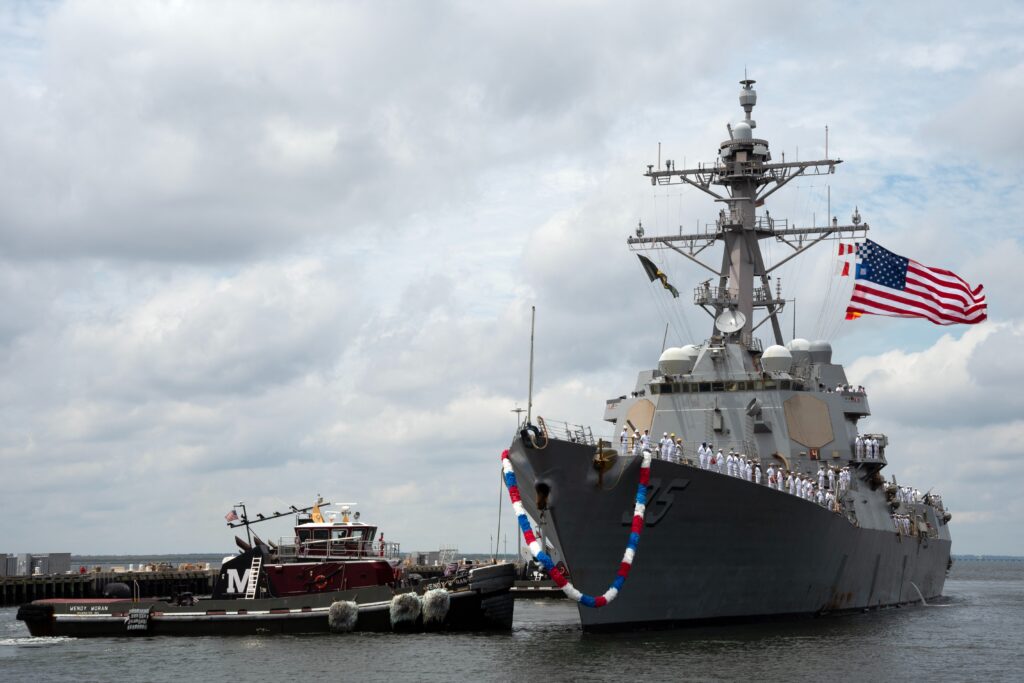SECNAV ACCEPTS MIAMI-DADE’S INVITATION TO HOST FLEET WEEK MIAMI IN 2024
Release from Commander, Navy Region Southeast
*****
By CNRSE PAO
18 July 2023
MIAMI (July 14, 2023) – Secretary of the Navy Carlos Del Toro joined with Miami-Dade County Mayor Daniella Levine Cava to announce the inaugural Fleet Week Miami in 2024.
The two dignitaries made the announcement July 14 at PortMiami along with other military and civilian officials. Fleet Week Miami will be held May 7-14, 2024 at PortMiami, and will bring in excess of 800 service members to south Florida whose primary mission will be to contribute to a growing understanding of the Navy’s importance in our country’s national defense. The week-long event is expected to feature both US Navy and US Coast Guard vessels to showcase military technology to the public.
“We are honored the U.S. Navy has accepted Miami-Dade County’s invitation to host Fleet Week at PortMiami in 2024,” Levine Cava said. “Residents and visitors will be able to see ships up close, board them and take tours as well as participate in community events. We are also excited the visiting sailors and marines will be able to enjoy our attractions, engage in community projects and experience all of Miami-Dade’s unique cultural offerings.”
Other speakers at the news conference included the Honorable Oliver G. Gilbert, III, Chairman, Miami-Dade Board of County Commissioners; the Honorable Carlos Del Toro, Secretary of the Navy; and Hydi Webb, PortMiami Chief Executive Officer.
Senior military present for the announcement included: Rear Adm. Douglas Schofield, Coast Guard Commander District 7; Rear Adm. Allan Thomas, Director of Operations SOUTHCOM; and Capt. Ian Johnson, Commander Navy Region Southeast.
The U.S. Navy visited Miami through its Navy Week program in January. The successful event was one of 15 Navy Weeks nationwide to take place in 2023, and it brought a variety of assets, equipment, and personnel to a single city for a weeklong series of engagements designed to bring America’s Navy closer to the people it protects. Miami Navy Week gave the community an opportunity to learn about the Navy, its sailors and its importance to national security and prosperity, and its success helped spur the Fleet Week Miami initiative.
“Thank you Mayor Levine Cava, Miami-Dade County and the city of Miami for continuing to host our service members, and for opening up your port to our fleet,” said Secretary of the Navy Carlos Del Toro. “Fleet Week in Miami will be an unforgettable opportunity for Miamians and tourists alike to learn about the incredible people who make up our Navy, Marine Corps and Coast Guard, and their importance to our national security and prosperity.”
